If you’re a parent, you know that children are small. And like, for the first 2 years of their lives (and counting) they primarily exist on the floor. I’m gonna call this what it is – a bitch.
As a person in my mid-30’s in a larger body, getting on and off the floor that much is a pain. It takes me longer to get down there. I’m uncomfortable once I’m there. And then it takes me forever to get back up. Once I’m up, I am often walking off stiffness and aches. When I first had my son, it was so tempting to just not. I did barely any tummy time, and when I did it was on the ottoman so I could stay on the couch. I would put him in containers (I don’t mean rubbermaid bins, I mean baby containers – like swings, jolly jumpers, exersaucers, etc.) so that I could sit in a chair nearby. I thought that getting up and down off the floor was not worth the effort.
I was wrong. Being an engaged parent means getting on the fucking floor.
Reason #1 I was wrong: Too much time in containers results in delayed gross motor development. I used to lovingly call my son ‘potato baby’ because he learned to roll, crawl, and walk months after many of his peers. This may be his natural development, and that’s fine. I’m not saying he’s a failure, or that I’m a failure, but he certainly could have benefited from more practice early on. Tummy time was the bane of my existence when my son was smaller. He HATED it. Screamed as soon as I put him on his stomach, and didn’t stop until I saved him. The easiest way to work through this phase is to make your children enjoy it. And what do your children enjoy most? Your face! Get down there. Lay on your stomach and make happy faces at your baby. They will feel less alone and confused. Once they have a higher tolerance for tummy time, you can sit on the floor near them and encourage them to reach for toys with specific arms. This movement is necessary for the development of rolling and crawling behaviour. For a scientific discussion of this, read https://escholarship.org/content/qt1jd9d2nv/qt1jd9d2nv.pdf
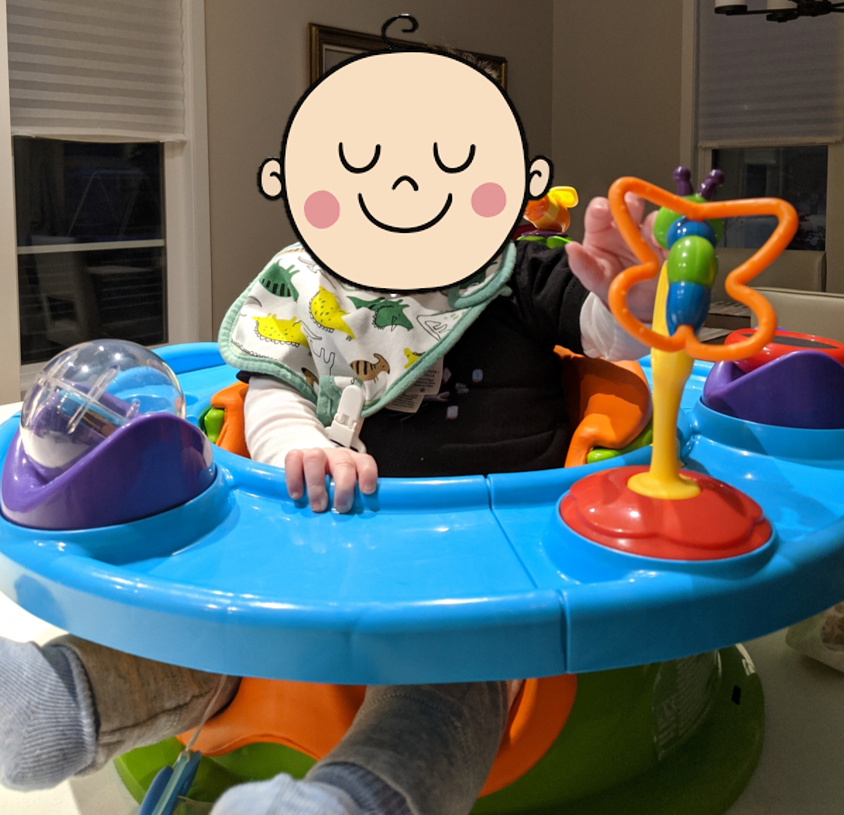
Reason #2 I was wrong: Eye contact is imperative for social, emotional, and language development. This is developed in the first 15 months of childhood through something called “joint attention” – when your baby looks at you, over at a desired toy, and back at you – to wordlessly communicate “Mom, please hand me that toy”. If I am multitasking, looking at my phone while on the couch, or otherwise not at eye level with him while he plays on the floor alone, I am not giving him essential eye contact. I would not have shared that joint attention, and missed an opportunity to connect with my child and teach him about communicating his thoughts. I need to be down there, at eye level with him, looking at him and connecting with him while he discovers the world around him. There is LOTS on this, but this article is super interesting (to Psych nerds like me) https://www.sciencedirect.com/science/article/abs/pii/S0885201401000375
Reason #3 I was wrong: It’s just more fun. The older my kid gets the more I appreciate his little personality. He’s hilarious. He loves building intricate towers out of blocks, playing hide and seek behind them, and then busting them down to reveal he was behind there all along. He loves sitting on the floor with a million lift-the-flap and pop-up books showing me all the cool things he can find, making car and animal noises, finding similar cars and trucks in his toys and pushing them around. I would miss out on so much if I weren’t on the floor with him, building towers and smashing into them with dump trucks.
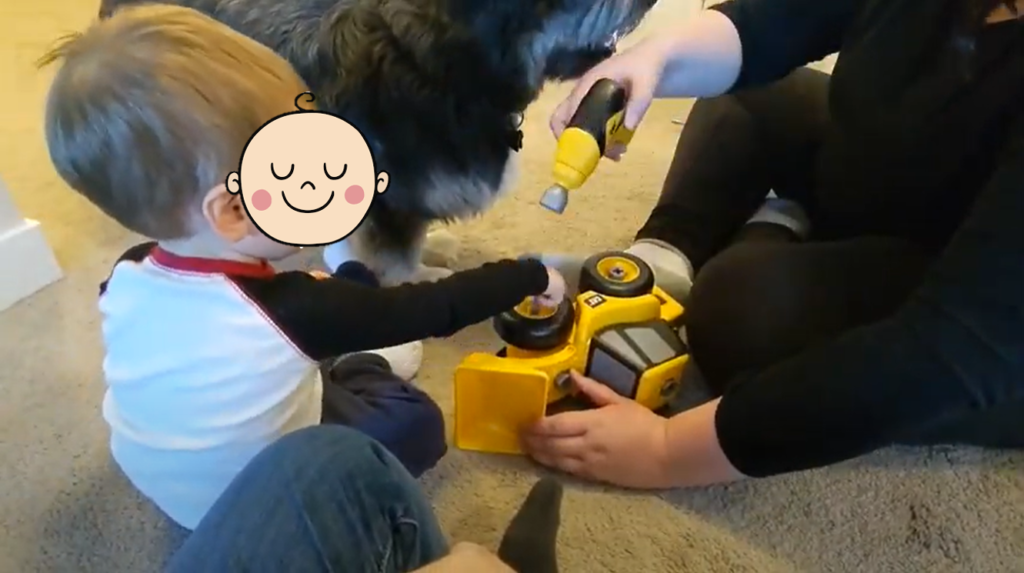
Ok, so if floor play is so great, but also difficult and uncomfortable for us, what can we do? I’m not suggesting you have to suffer through their infant and toddler years in pain. That is not what I’m about. What I’m suggesting is finding adjustments and accommodations that work best for you!
Tips & Tricks that work for me:
- Always get down near something. This allows me to use that something as leverage. Put my hand on the couch while I lower myself down. Use that same hand and couch to help me stand back up. This works with other stable furniture, walls, partners, even toy boxes. I always struggle WAY more when I try to sit and stand back up in the middle of the room.
- Try different positions. and keep changing them. Sometimes sitting cross-legged is most comfortable. Sometimes sitting with my legs straight out is comfortable. Sometimes sitting with my legs bent off to the side is comfortable. What I know for sure, is NONE of these are comfortable for extended periods of time. Pay attention to your body. If your joints are getting sore, switch it up. Stretch out. Whatever works for you. I find that the positions where my knees are bent are hard. My large legs actually get in the way of reaching a comfortable bent angle. So I do a lot of straight leg sits, or sits where 1 leg is straight, and one is crossed at a large angle. I would say almost never squat for an extended amount of time, and never kneel. These positions place a lot of strain on our joints and even if you can tolerate them while you’re in position, you will likely have aches and pains when you try to get back up. (Squats are a great exercise if you’re interested in moving your body, but like, not for 20 minutes while you try to convince your toddler to put on his rain boots).

- Use supports for comfort. Throw a pillow on the floor and sit on that. Having even a slight elevation from your hips to your legs can help with comfort. Sometimes I pop that pillow under my knees, or behind my back. If I’m sitting near a couch or wall (see tip #1) I will often use that piece of furniture as a chair back, and rest on it. Having these supports can drastically change how comfortable you are, and reduce strain on muscles and joints that lead to fatigue.
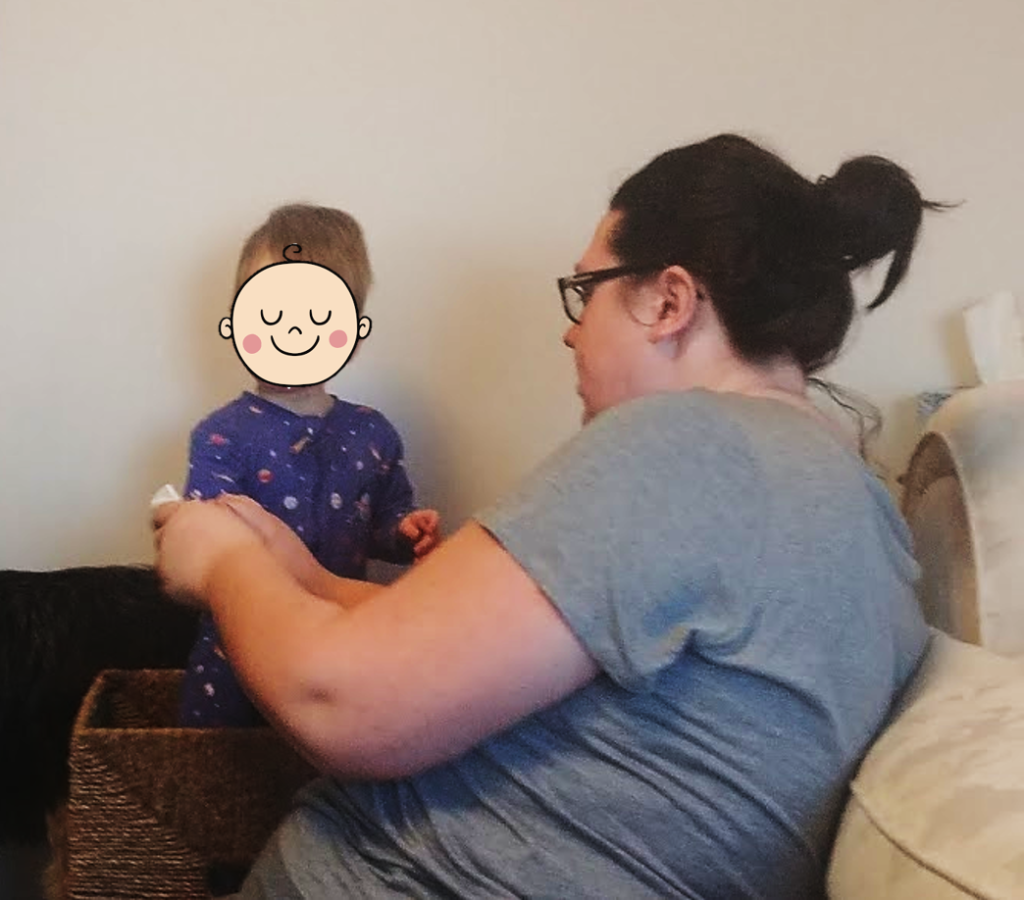
- Pay attention to your posture. I hate to sound like your grandma or grade 2 teacher, but posture matters. No matter how you decide to sit, or lay on the floor, be aware of your back and how it’s aligned. I’ll be honest – I am the WORST at good posture. I get in trouble for it at work because I basically lie down in my work chair. I slouch and slump all the time. Learning to check in with my back has been hard work for me, but it pays off. Even small windows of improved posture have noticeable rewards when it comes to how long I can comfortably sit, and how achey I am afterwards. To start, I would focus on having your hips and shoulders in line (with your belly over your pelvis). Then just remember to breathe and relax your shoulders. These are muscles, and with practice this will get easier.
One more thing – sometimes I get caught up in being embarrassed in front of my son, or even my partner. I hesitate to get on the floor, because I don’t want them to see me struggle to get up. Especially when I see other mom friends who can do that impressive thing where they stand straight up from sitting cross legged. If you don’t know what I’m talking about, check out this video. Honestly. When I see people do this I’m as amazed as if they had just completed an Olympic event. I do not understand the muscles required to accomplish this physical feat.
My fear of struggling in front of my family is more internalized fatphobia. It’s hard to silence, but you should tell that voice to shut up as often as possible. Your child will not care that it’s hard for you to get up. Your child will not care that you needed a pillow, or took up more space on the floor. All your child cares about is playing with you. I promise. Playing with you is their favourite. And even if they do take notice of your struggle, and remember it growing up – you’ve just modeled some pretty amazing lessons for them. You’ve shown them that struggling to accomplish something that’s important is good. You’ve shown them that your time with them was important to you. You’ve shown them that accepting accommodations for your limitations is not demeaning (this lesson might be helpful if your child has dyslexia and needs a laptop for school, as an example).
Hopefully this lesson resonates with you guys – I know it’s seemingly small things like these that add up to feeling uncomfortable being a mom in a bigger body, and I don’t think any of us should feel that way.

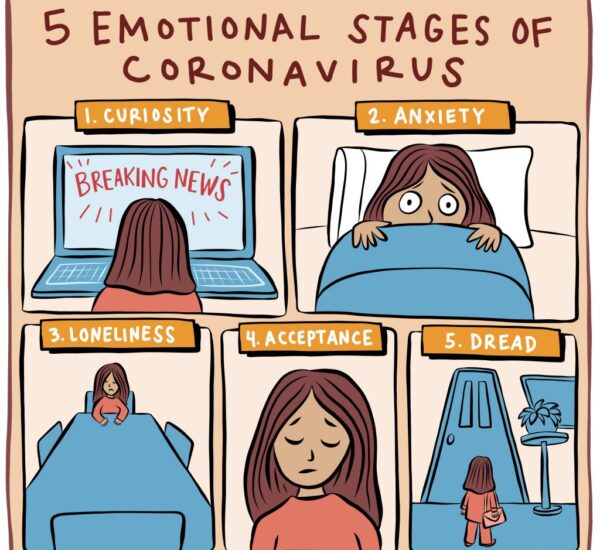
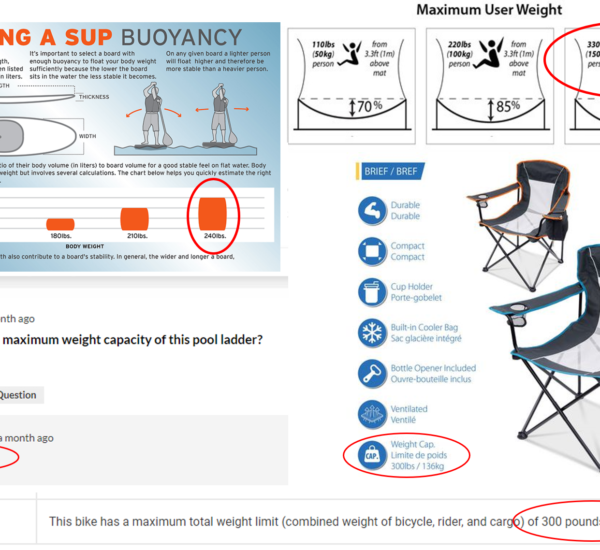
Comments